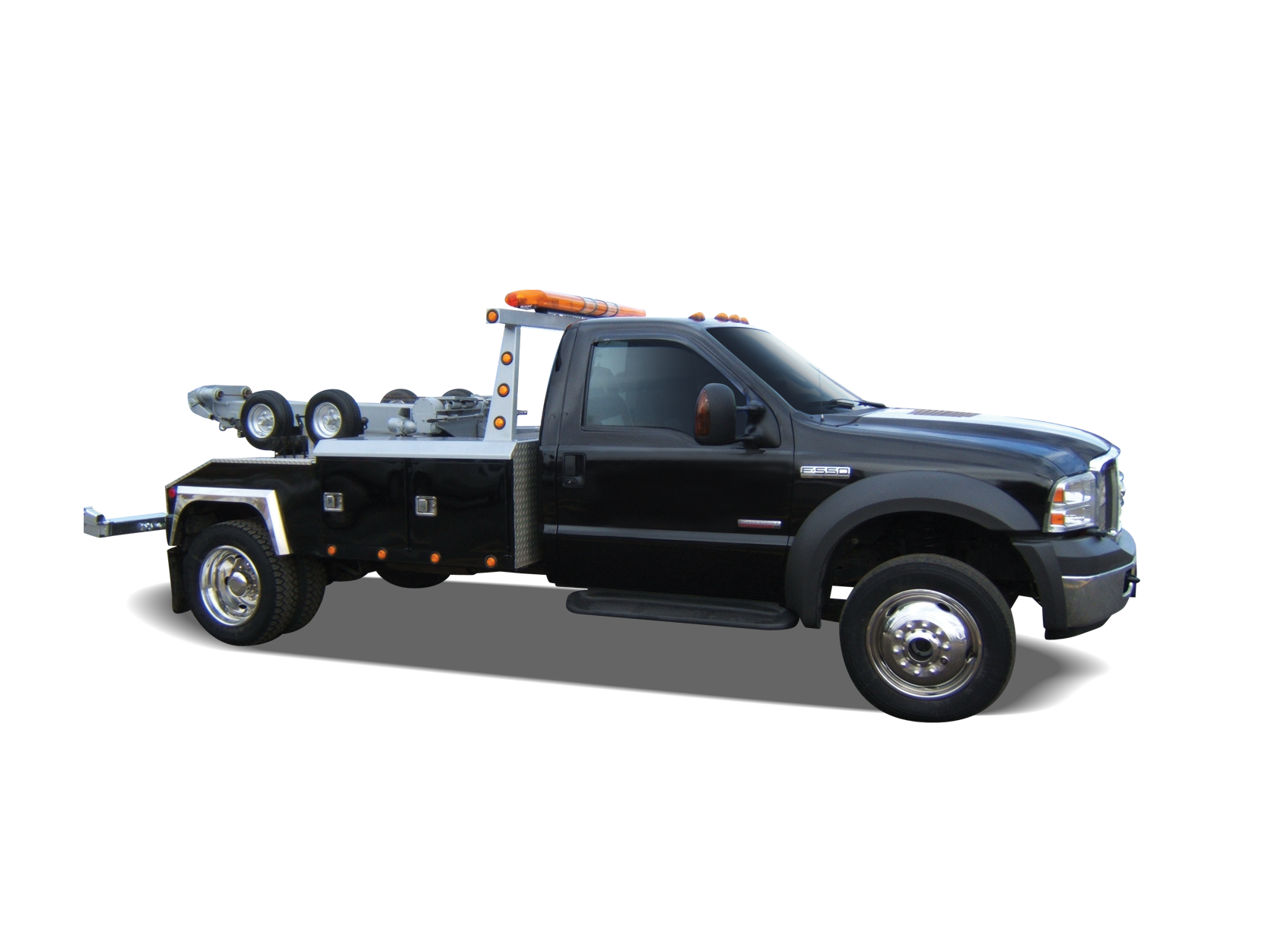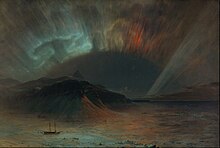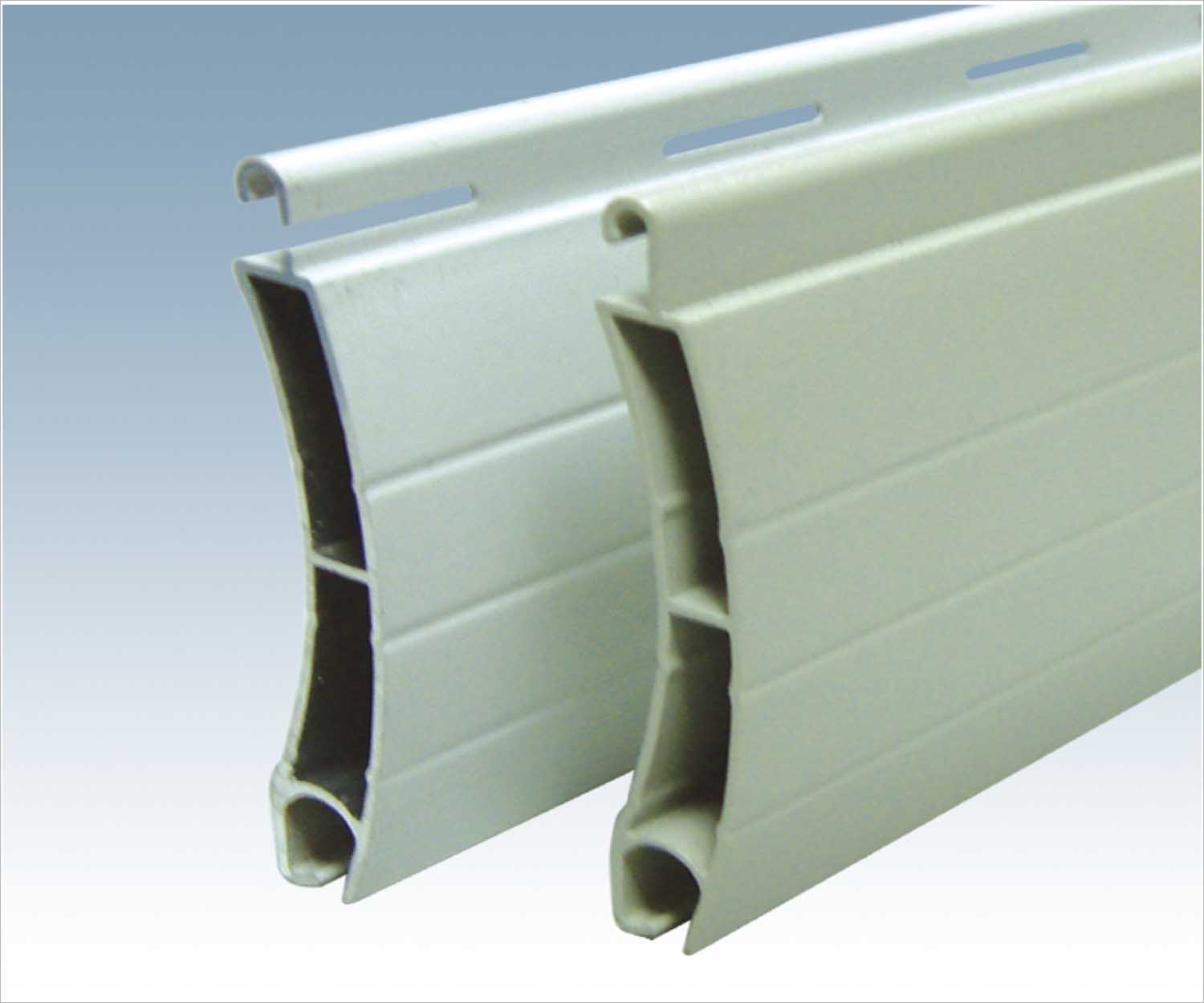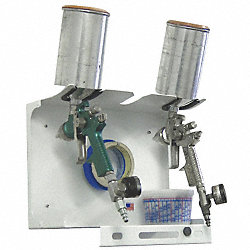Metropolitan Insurance Company DefinationSource(Google.com.pk)
Metropolitan Life Insurance Company (MetLife) has a long history of leadership in the financial services market. MetLife is the largest life insurer in the United States with more than $2 trillion of life insurance in force. A leader in savings and retirement products and services for individuals, small business, and large institutions, MetLife serves 88 of the Fortune 100 largest companies. The company operates in more than a dozen countries and continues to expand its global markets, an important part of meeting its goal to serve 100 million customers by 2010.
Metropolitan's origins can be traced to the National Union Life and Limb Insurance Company, a firm originally chartered in 1863 to underwrite the lives and limbs of Union soldiers during the Civil War. The company had trouble getting started. Simeon Draper, the company's chief promoter, found it difficult to raise the necessary $100,000 capital. A company insuring only servicemen during the bloodiest war in U.S. history did not seem to be a very promising business proposal. Frustrated, Draper stepped down and a group of businessmen from Brooklyn petitioned the New York legislature to revise the company's charter to allow life insurance for civilians as well. National Union Life and Limb's president, Major General Daniel E. Sickles, a war hero, resigned shortly before the company actually began writing policies. Sickles was replaced by Orison Blount, a respected member of the business community. Blount, though multitalented, had no experience in the insurance business, and the company struggled to gain a foothold.
In 1865 the company changed its name to National Life and Travelers' Insurance Company and underwent two reorganizations within a period of two years, in 1866 splitting its life and casualty lines into separate companies, National Life Insurance Company and National Travelers' Insurance Company. The latter company initially offered only casualty lines, selling its first policy in 1867, and adding life insurance to its casualty lines later that year. National ultimately evolved into one of the premiere life insurance companies in the United States, Metropolitan.
On March 24, 1868, National Travelers' Insurance Company was reorganized as Metropolitan Life Insurance Company. The company's president, James R. Dow, had led the National Travelers' Insurance Company for several years. Originally, Dow had applied for the position of medical examiner for the casualty insurer, but because of his pleasant disposition, and a $15,000 investment, he was appointed a director and elected president. Dow and another director of the company, Joseph F. Knapp, had lobbied for the reorganization--in order to head the company in a single direction. When the company changed its name to Metropolitan Life Insurance Company it also dropped its casualty insurance business.
Metropolitan's early years saw the rapid growth of the life insurance industry. The Industrial Revolution had introduced more hazards to everyday life, creating a widespread demand for insurance of all kinds. The Civil War had been a particular boom for the life insurance trade, and the industry grew at a frenzied pace in the war's wake. Whole life insurance was the preferred type of policy. Endowments were somewhat popular, term insurance was less common, and annuities were rare. In 1869, $614 million worth of life insurance had been written in the United States, of which Metropolitan had written 2,930 policies valued at $4.86 million.
The industry's growth was somewhat reckless in these early years. Many companies had trouble attracting agents without paying outrageous commissions. To get business, many agents insured questionable risks. Although Metropolitan had a successful first year, it was still small compared with other life insurers. It had just $594,000 in assets, compared with the $30 million of Mutual Life of New York--the largest life insurance company at that time.
A significant portion of Metropolitan's business in the early years came from New York City's population of German immigrants. The company had two outstanding German-speaking agents, Abraham Kaufmann and Moritz Reno. A German division was soon set up, headed by Kaufmann. In 1869 Kaufmann initiated a relationship with a German fraternal society called the Hildise Bund. Metropolitan sold small life insurance policies to members of the society, with the bund collecting the premiums on a weekly basis. The organization required life insurance--with Metropolitan--as a condition of membership from each of its applicants. As German settlers migrated west, so too did the bund's relationship with the company. Metropolitan's agreement with the Hildise Bund was the company's first excursion into the field that would turn it into a giant--workingman's, or industrial, life insurance.
In 1871 Dow died and was succeeded as president by Joseph F. Knapp. In 1873 a severe depression gripped the nation. Metropolitan's business dropped from 8,280 new policies in 1874 to 510 in 1879. Many life insurance companies were unable to meet their obligations and failed. As a result, popular confidence in life insurance hit an all-time low.
In 1879 Knapp traveled to London to observe the success of the Prudential Assurance Company of London, a company that had become successful writing industrial insurance. Knapp's interest in insurance for the masses was longstanding. He returned to New York more determined than ever to push Metropolitan into industrial insurance.
Knapp imported hundreds of British insurance agents familiar with industrial insurance to spearhead Metropolitan's efforts. These recruits trained local agents in the art of writing life insurance for small amounts, collecting the premiums weekly, and accounting to the home office. Metropolitan's success was stunning: $9 million in industrial insurance was written the first year; $18 million the second; and by 1886, just six years after the policy was officially introduced, Metropolitan had more than $100 million of industrial life insurance in force. The company expanded its agency force rapidly during the 1880s. Hundreds of new agents ventured west and south to sell insurance to the country's working class. The cost of this expansion was great, and Knapp risked at least $650,000 of his own money to keep Metropolitan going during difficult years. By the time of Knapp's death in 1891, Metropolitan had established itself as the leader in industrial insurance, with more policies in force than Prudential and John Hancock combined.
In October 1891, following the death of Knapp, Vice-President John Rogers Hegeman became president, but it was the company's new vice-president, Haley Fiske, who was in charge of the company's day-to-day operations and policymaking. Although Metropolitan was a leader in industrial insurance, its ordinary life business had dwindled. Fiske initiated an effort to recover it.
For the most part, life insurance companies were offering so-called tontine insurance. Named after its Neapolitan inventor, Lorenzo Tonti, these policies paid dividends to their subscribers. Tontine policies were basically annuities, but their values increased based on one's longevity. As subscribers died, their portion of the fund was ceded to surviving policyholders. The last survivor took all. Although Metropolitan had written such policies in its early days, in the 1890s it was critical of them. The company's rate book of 1892 stated, "The Metropolitan believes the time has come when the plain common sense men who make up the bulk of life insurance policyholders are looking for a plain business contract ... which leaves nothing to the imagination; which borrows nothing from hope; requires definite conditions and makes definite promises in dollars and sense" (as quoted in Marquis James's The Metropolitan Life: A Study in Business Growth). Metropolitan began to make inroads into the ordinary life business, writing no-frills nonparticipating policies like whole life, term life, single-premium life, limited-payment life, and endowments.
The late 1890s and early 1900s were a time of journalistic muckraking, and insurance companies, like big business in general, became targets for the pens of journalistic zealots. Particularly unpleasant for Metropolitan were accusations that industrial insurance, which covered even a family's youngest children, encouraged infanticide for the collection of benefits. Metropolitan spearheaded the defense of industrial insurance, and after several years the controversy died down. Life insurance companies, however, were not out of the investigative woods. In a few years the most comprehensive probe yet would bring about reform in the industry.
In 1905 a New York State legislative committee headed by Senator William W. Armstrong launched an investigation of the major life insurance companies, hoping to do away with any abusive practices. The chief counsel for the investigation was Charles Evans Hughes, later governor of New York and chief justice of the Supreme Court. Hughes called top executives of all the major life insurance companies to testify before the committee, including several officers--Hegeman among them--of Metropolitan, the fourth largest life insurer at the time.
Although acknowledging that there were certain deficiencies in industrial insurance, the committee made no recommendations for change to the life insurance market. Tontine insurance, which Metropolitan had decided years before not to write, was outlawed altogether. Limits were placed on the amount of ordinary insurance that companies could write each year. Huge companies such as New York Life Insurance Company and Equitable were forced to change drastically their business practices, but Metropolitan was given merely what amounted to a slap on the wrist--abuses were cited but no remedies proposed nor penalties imposed. It gave the company a degree of public confidence not enjoyed by other companies, which helped its sales surge past its competitors' in the next few years. By 1909 Metropolitan had more life insurance in force than any other company.
The Armstrong Committee hearings did bring to light some questionable practices conducted by Metropolitan, however, and resulted in charges of third-degree forgery and perjury being brought against Hegeman. The actual impropriety of certain transactions was questionable, and in time all of the charges were dismissed.
While this controversy shook the halls of justice, Metropolitan agents continued the business of writing life insurance. The company had grown considerably over the years. As 1905 dawned the company had $1.47 billion of insurance in force. In 1909 the headquarters at 1 Madison Avenue was expanded. The company commissioned the architectural firm Le Brun and Sons, the same firm that had created its original edifice at the same address in 1893, to design a new building. The well-known Metropolitan Tower was the result. The 50-story tower was the world's tallest building until 1913 and was considered one of the wonders of the modern world.
In 1913 Metropolitan was authorized to write accident and health insurance. In 1914 it wrote its first group accident and health policy on its own employees. A year later annual medical and dental checkups were given to employees.
In January 1915 Metropolitan transformed from a stock company to a mutual company, in effect becoming owned by its policyholders. The change was intended to thwart future attempts by unscrupulous stockowners to manipulate the insurance company's millions for personal gain. From this point on, the company's profits were redistributed to its policyholders in the form of dividends.
U.S. participation in World War I resulted in about 18,000 claims by the survivors of U.S. servicemen on life insurance policies at Metropolitan and 7,500 claims from Canadian servicemen. By the end of the war $8.25 million was paid in death benefits. After the war, a worldwide flu outbreak took a far greater toll, claiming 83,000 Metropolitan policyholders by June 30, 1919. Met paid $27.6 million as a result of that epidemic.
In April 1919 President John R. Hegeman died, after 28 years at the Metropolitan helm. He had spent a total of 49 years as an officer of the company, having seen its assets increase by a factor of 55, and insurance in force by a factor of 17. His close associate over those years, Haley Fiske, assumed the presidency.
For the next ten years, Fiske continued to introduce new forms of coverage and improve old forms. In 1921 industrial policies were liberalized to pay full benefits beginning with the date of issue rather than half benefits for the first six months. In 1928 a double-indemnity clause provided for the payment of double the face value of an industrial insurance policy in the case of accidental death. These improvements were made without additional premiums.
During the prosperous early 1920s, all forms of life insurance sold extremely well. Group policies added considerably to Metropolitan's success during the decade. Assets topped $2 billion in 1926. The company's group life insurance in force grew from $60 million in 1919 to $2.25 billion a decade later. In 1928 the company wrote the largest group policy to date, for the General Motors Corporation for $400 million.
In March 1929 Frederick H. Ecker became president of Metropolitan upon Haley Fiske's death. Several months later the stock market crashed and the Great Depression started. Metropolitan's conservative investment policies helped it to weather the hard times. The company had stayed out of the speculative equities markets and had focused instead on real estate and bonds. The stock market crash initially had a positive impact on life insurance sales. Investors who had lost heavily tried to supplement the losses to their estates by increasing their life insurance. Ordinary insurance sold at record volume in 1930 and 1931. As the Great Depression deepened, however, and unemployment reached massive proportions, new policies stagnated and many policyholders were forced to discontinue their premium payments and allow their policies to lapse. In addition, many borrowed money against their policies or surrendered them for the cash value. Metropolitan was in sound financial condition and had no trouble meeting its obligations. Adjustments in the company's investment portfolio were necessary as rents fell and farm commodity prices dropped; Metropolitan reduced its investments in city mortgage and farm lending.
The Great Depression of the 1930s and the New Deal philosophy that accompanied it focused a great deal of attention on the nation's financial industries. In the late 1930s U.S. President Franklin D. Roosevelt urged Congress to look into malpractice of big business. The lawmakers responded by establishing the Temporary National Economic Committee for the Investigation of Concentration of Economic Power. The TNEC, as the committee became known, spent a year, beginning in 1939, interviewing officers of life insurance companies. The first witness called was Metropolitan's Frederick Ecker, chairman of Metropolitan's board of directors since 1936, when Leroy A. Lincoln had become president. After much testimony, the TNEC issued its report in 1941. Government officials were hoping for federal regulation of ordinary life insurance, and the addition of industrial insurance to the new Social Security program. The TNEC, however, in a mere three pages, suggested only that the states beef up their existing regulatory mechanisms. The committee's most forceful recommendation affected a large segment of Metropolitan Life's business, asking for a change in the operation of the industrial insurance business, and stating that in the alternative the elimination of such coverage might be required. Without proposing any new means of federal regulation, however, the life insurance industry was, for the most part, left to police itself.
World War II resulted in a number of policy changes for Metropolitan customers. While existing policies were continued under the same terms, new policies were written as war risks with special premiums and stipulated conditions. For the most part, the business of life insurance remained the same, except for the extraordinary numbers of claims due to combat. By March 1946 Metropolitan paid out $42.1 million on 51,956 lives lost as a direct result of the war.
After the war, Metropolitan continued to grow rapidly and its investment dollars went into real estate projects all over the country, including landmark middle-income complexes in the Stuyvesant Town and Riverton districts in New York City. The rents on these properties were kept low in exchange for tax breaks from the city.
In 1951 Leroy A. Lincoln became chairman of the board at Metropolitan. Charles G. Taylor took over the duties of president but soon was replaced by Frederick W. Ecker, whose father had held the office years before and was now elevated to honorary chairman. Throughout the 1950s, Metropolitan was the leading life insurer in the United States, having enjoyed that position steadily since 1909. Metropolitan held to a conservative investment posture and continued to offer low-cost insurance. In 1954, the company was the first in life insurance to install a major computer system. Metropolitan continued to support health and safety practices. In 1956 the company was behind a push to set up poison control centers.
In 1957 Frederick W. Ecker became CEO of Metropolitan and in 1959, chairman of the board. The younger Ecker's leadership stressed conservatism. Metropolitan was the largest private capital pool in the country, and the company managed it so tightly that some thought the company old-fashioned. Equities investments were avoided in the 1960s as they were in the 1920s. Other insurance companies implemented more aggressive investment and marketing strategies.
In 1963 Gilbert Fitzhugh became president of Metropolitan. In 1966 he moved up to chairman of the board and the presidency was filled by Charles A. Siegfried. In 1966 Metropolitan was replaced by Prudential as the number one life insurer in terms of assets. Prudential surpassed it in number of policies in force in 1974.
In 1968, a year after race riots rocked U.S. cities, the life insurance companies made a commitment to invest in inner cities. Metropolitan Life invested $322 million for rebuilding or new building of housing. Chairman Fitzhugh recognized the need of the company to respond to recent changes in the business, and Metropolitan, for the first time, purchased common stocks for its portfolio. Equities investments reached $1 billion in 1972. In addition to loosening up the company's investment strategy, Fitzhugh looked for new areas of insurance to market. Metropolitan began offering aviation reinsurance after 1971, and formed a subsidiary, Metropolitan Property and Liability Insurance, in 1972.
Read more: http://www.answers.com/topic/metropolitan-life-insurance-company#ixzz2Xmz24M4Q
Insurance Agent and Home Eservice ins and Life Claims Insurance Claims Insurance PHone Number
Insurance Agent and Home Eservice ins and Life Claims Insurance Claims Insurance PHone Number
Insurance Agent and Home Eservice ins and Life Claims Insurance Claims Insurance PHone Number
Insurance Agent and Home Eservice ins and Life Claims Insurance Claims Insurance PHone Number
Insurance Agent and Home Eservice ins and Life Claims Insurance Claims Insurance PHone Number
Insurance Agent and Home Eservice ins and Life Claims Insurance Claims Insurance PHone Number
Insurance Agent and Home Eservice ins and Life Claims Insurance Claims Insurance PHone Number
Insurance Agent and Home Eservice ins and Life Claims Insurance Claims Insurance PHone Number
Insurance Agent and Home Eservice ins and Life Claims Insurance Claims Insurance PHone Number
Insurance Agent and Home Eservice ins and Life Claims Insurance Claims Insurance PHone Number
Insurance Agent and Home Eservice ins and Life Claims Insurance Claims Insurance PHone Number

























































